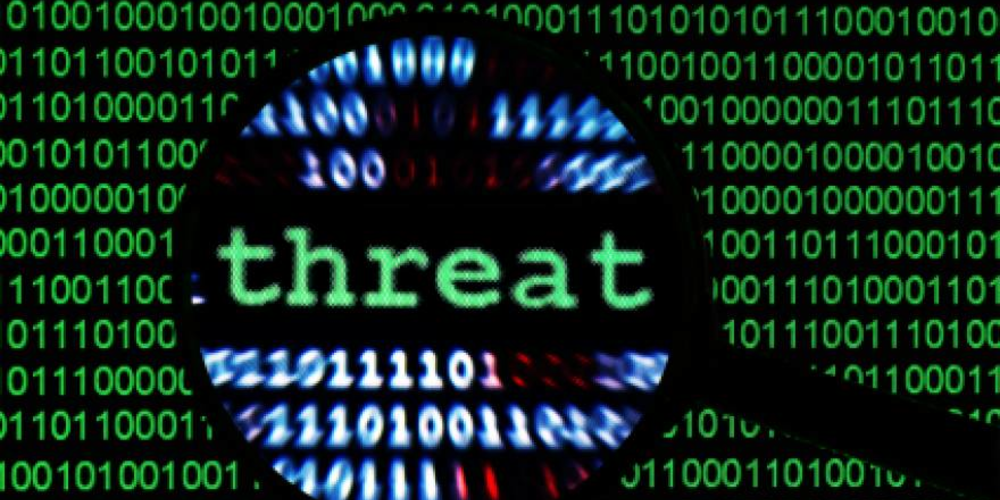Surfing the Cyberwaves: Unmasking the New Internet Threats of 2023
- Jun 14, 2023
- 336

The year is 2023, and humanity has made significant strides in technology, but with great power comes great responsibility. As the world becomes more interconnected through the internet, it also becomes more vulnerable to cyber-attacks and security threats. In this article, we will delve into the emerging internet threats of 2023 and discuss how they impact individuals, businesses, and governments. We will also explore ways to safeguard against these challenges and ensure a secure online experience.
1. Deepfakes and Synthetic Media: The New Era of Disinformation

Deepfakes, or AI-generated videos and images, have evolved dramatically since their introduction in the early 2020s. Today, they are virtually indistinguishable from authentic content. This has led to a new era of disinformation, where malicious actors can use deepfakes to spread fake news, manipulate public opinion, and even commit fraud. In 2023, deepfakes have become a significant internet threat, as they can easily be weaponized for political, criminal, or personal gain.
For instance, imagine a deepfake video of a world leader declaring war on another nation, causing panic and potentially leading to real-world violence. Similarly, deepfake audio can be used for "voice phishing," where scammers impersonate a victim's friend or family member to manipulate them into revealing personal information. To combat the rise of deepfakes, researchers and AI developers are working on advanced detection methods, while governments are crafting legislation to punish those who create and disseminate malicious synthetic media.
2. Quantum Computing: A Double-Edged Sword for Cybersecurity

Quantum computing, which harnesses the power of quantum mechanics to perform complex calculations, has made significant advancements in 2023. While this technology holds great potential for scientific and technological breakthroughs, it also poses a significant threat to cybersecurity.
In the wrong hands, quantum computers can crack encryption codes that would take traditional computers millennia to solve. This means that sensitive information, such as financial data and intellectual property, could be at risk. To mitigate this threat, researchers are developing new cryptographic techniques, such as lattice-based cryptography, which are resistant to quantum attacks. Governments and companies need to invest in quantum-resistant encryption to ensure their data remains secure in the age of quantum computing.
3. The Growing Menace of Ransomware

Ransomware attacks, where cybercriminals encrypt a victim's data and demand a ransom for the decryption key, have become more prevalent and sophisticated in 2023. These attacks can cripple businesses, hospitals, and even entire cities, causing significant financial and operational damages.
In recent years, ransomware gangs have become more organized, employing advanced techniques to infiltrate and encrypt systems. They have also shifted their focus to high-profile targets, such as governments and large corporations, which can afford to pay substantial ransoms. To protect against ransomware attacks, organizations need to invest in robust cybersecurity measures, such as regular backups, strong passwords, and employee training on how to recognize and respond to phishing attempts.
4. IoT Insecurity: A Gateway for Cybercriminals

The Internet of Things (IoT) has continued to expand in 2023, connecting everyday devices like thermostats, refrigerators, and even medical devices to the Internet. While IoT technology offers numerous benefits, such as increased efficiency and convenience, it also poses significant security risks.
Many IoT devices have weak security features, making them easy targets for hackers who can then use these devices to infiltrate home or business networks. In some cases, cybercriminals have even used IoT devices to launch large-scale digital attacks, such as Distributed Denial of Service (DDoS) attacks, which can take down websites and digital services. To address IoT security challenges, manufacturers need to prioritize building secure devices, while consumers should ensure their networks are protected with strong passwords and updated software.
5. The Dark Web: A Hidden World of Cybercrime

The dark web, a part of the internet that requires special software to access, has become a hotbed for illicit activities in 2023. From drug sales to human trafficking, the dark web enables criminals to operate in relative anonymity, making it difficult for law enforcement agencies to track and apprehend them.
In addition to facilitating illegal transactions, the dark web also serves as a marketplace for stolen data, malicious software, and hacking services. As a result, it has become a breeding ground for cybercriminals to develop new techniques and collaborate on large-scale attacks. To combat this growing threat, law enforcement agencies must collaborate on a global scale and invest in advanced technologies to track and dismantle dark web marketplaces and cybercriminal networks.
As we navigate the digital landscape of 2023, it is essential to remain vigilant against emerging internet threats. By understanding these challenges and implementing robust cybersecurity measures, individuals, businesses, and governments can work together to create a safer and more secure online world.